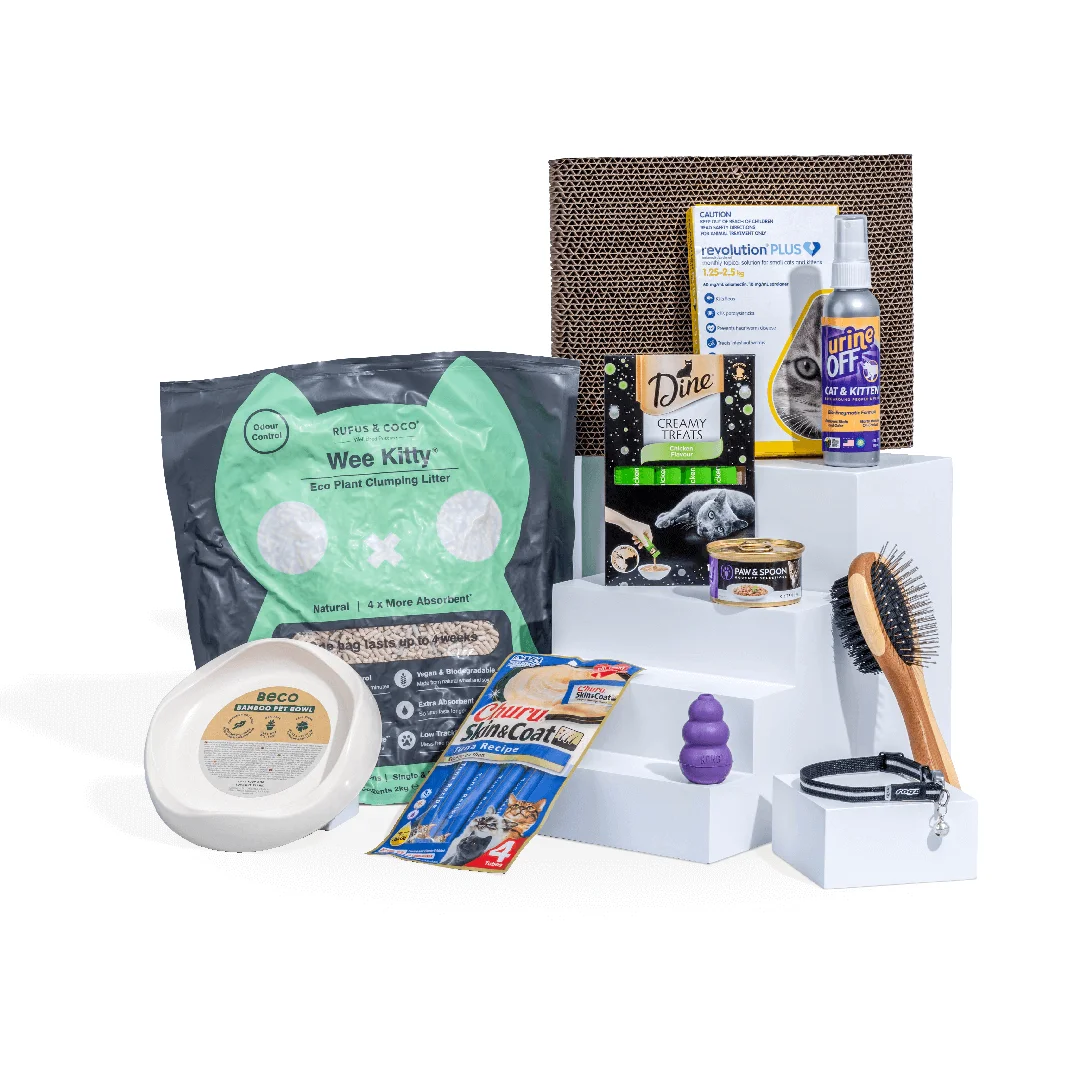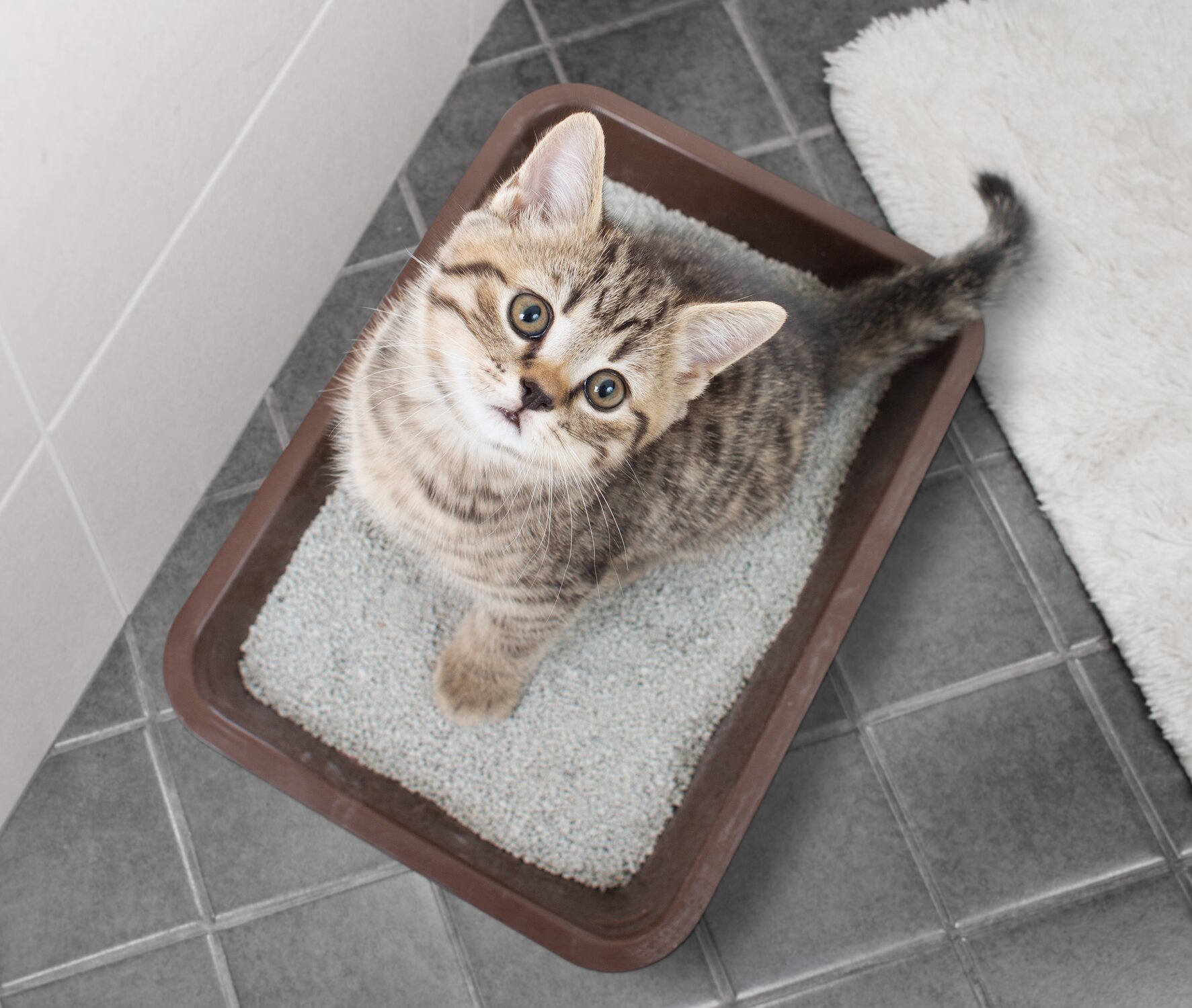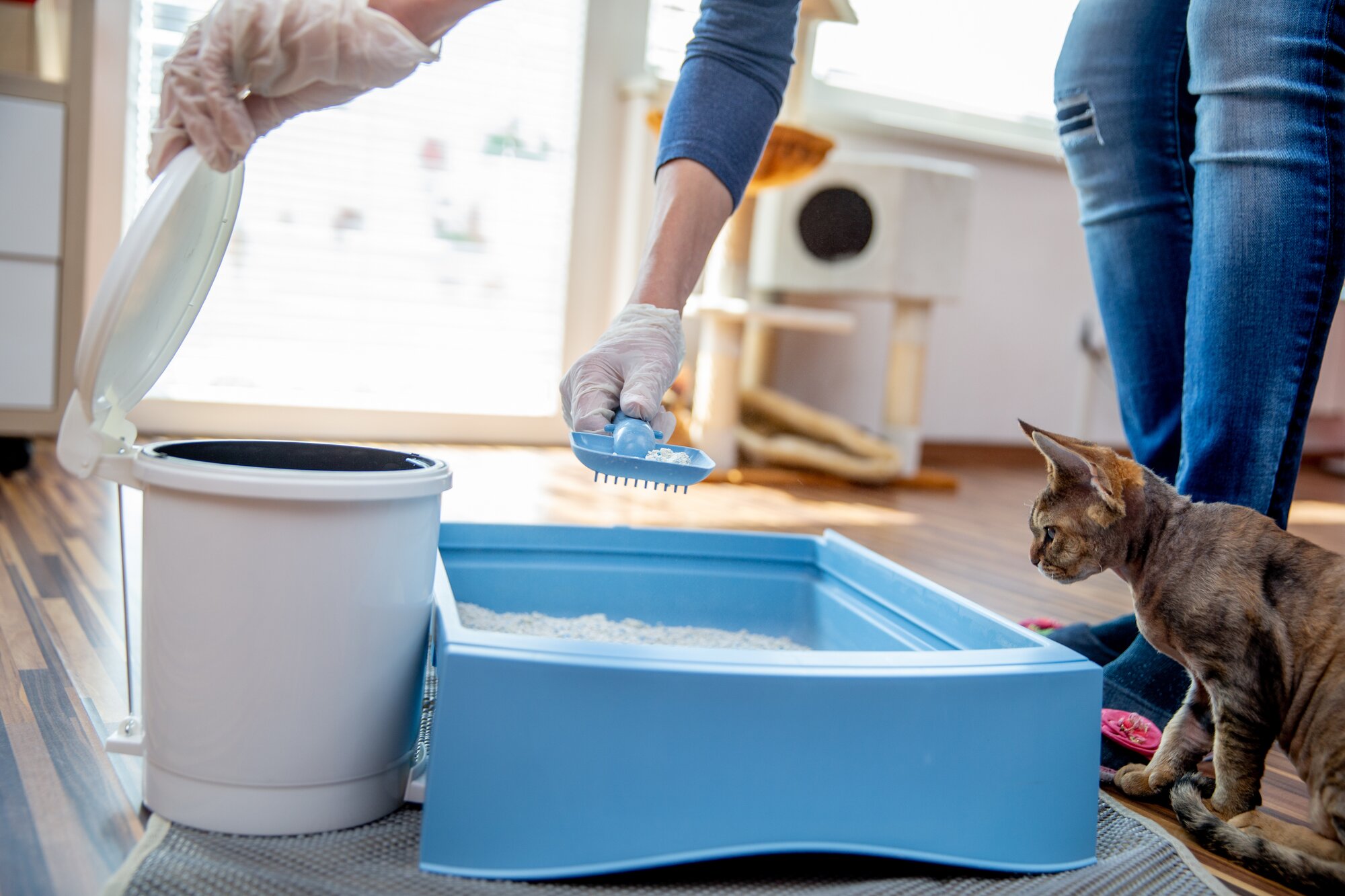Last Updated: 23/06/2025
How To Toilet Train Your Kitten
Just got a new kitten? Check out our tips and tricks for toilet training your kitten to use the litterbox from our vet team.
Author: Dr Carla Paszkowski BVSc (Hons)
Reading Time: 19 minutes - medium read
Congratulations on your new, furry, purry bundle of joy! Now that your kitten is settling into their new home, one of your first priorities is likely to be litter box training.
Do kittens need to be toilet trained? It is important that your kitten learns where they should go to toilet. Cultivating appropriate toileting behaviour helps to maintain good hygiene within your house.
Fortunately, cats value cleanliness and instinctively want to bury their waste. Indoor cats usually take to using a litter box naturally, so long as it is accessible and clean. This means that toilet training your kitten is usually fairly easy and straightforward!



Need supplies for a new kitten?
Ensure your kitten's smooth transition to their new home with the Better Kitten Bundle, an all-in-one starter kit designed to cover all the necessities for your kitten's early stages of life.
Filled with over $135 worth of products, supplemented with $50 worth of vouchers. You couldn't ask for a more 'purrfect' welcome pack for a new kitten!
Choose the Right Litter Tray

Top Recommended Litter Training Products for Kittens
Selecting the Best Litter
First and foremost, pick the type of litter best suited to your cat's individual preferences!
If you are introducing your kitten to toilet training, it is recommended to use a natural based, non-clumping type of litter for kittens such as paper and wood litter. Clumping litters and silica crystal types are best avoided as they could cause intestinal blockages when ingested. It is not unusual for small kittens to be curious and attempt to eat their litter substrate.
As mentioned earlier, it's best to stick to the same litter the breeder, shelter or previous owner of your kitten had been using. Providing this constant can help to reduce accidents.
Looking for more information? Find the best litter for your cat with our complete guide to cat litter.
Finding the Optimal Location
To begin with, try to limit your kitten's access to just a few rooms of the house. This allows you to monitor their activity and means the litter box is always within easy reach. Read our guide to introducing a new cat to your household if you already have cats.
Kittens have less control over their urination and placing the litter tray in an easily accessible place, not too far away, will help minimise accidents. The more your kitten uses their litter tray, the faster they will learn.
Consider these points below when placing your cats litter box:
- Place the litter tray in a quiet area: Make sure you place the litter boxes in various locations so they have plenty of choices. Each location should offer your kitten some privacy, and is away from dogs, children and noisy appliances. Loud noises and high movement areas can deter your cat from using their toilet.
- Provide privacy: Nobody likes being disturbed while toileting, including your kitten. Strategically placing the litter tray in a low-traffic area can help create some privacy. Hooded litter boxes and doors can offer extra seclusion for shy kitties.
- Keep away from food and water: Cats do not like to toilet near their food and water bowls. Ensure that these are kept separate from their litter tray.
Reinforce Positive Behaviour
Gently place your kitten in the litter box at an opportune time, such as after playing, waking up from a nap, or finishing a meal. If your kitten has an accident, you may also place some of their faeces in the litterbox for a while to give them the right idea.
Give them plenty of praise or pats, immediately after they have toileted correctly to encourage your kitten to continue using the litter tray.
Accidents and Clean-up

There will be accidents from time to time. This is normal as your kitten is still learning!
- Avoid punishment for accidents: It is very important that you don't punish your kitten if they have an accident. Rubbing their nose in the evidence or shouting at them will only make them fearful and less likely to do what you want them to. If you catch your kitten in the act, quietly pick them up and place them in the litter box.
- Clean accidents immediately: Make sure you clean any mishaps up with an enzymatic cleaner or cat odour spray, otherwise the smell left behind could encourage him to toilet in the same place again.
- Encourage the kitten to use the litter tray: Kittens generally learn to use litter trays quickly over several weeks. To provide your kitten with some extra help, you could use the Breeders Choice Kitten Litter to assist with training. This litter is infused with an attractant, which is naturally appealing to cats to help them learn where to go to the toilet. Its probiotic component also helps with odour control.
Maintain a Clean Environment
Your cat will be much more likely to return to the litter tray if it is nice and clean, so it's best to check the litter tray regularly. Once your kitten has used the litter box, make sure to clean up the mess promptly.
Use a litter scoop to remove solid waste on a daily basis and change the litter completely every week or two. Have a look at the back of the litter packet; most will have a guide as to how often it should be replaced.
The best cleaners to use are the enzymatic cleaners which can break down the urine and thoroughly eliminate stains and odours. Avoid disinfectants containing bleach, ammonia or strong fragrances. These are unsafe for use around cats and strong smells may discourage use of the litter tray.
Remember to be patient with your new kitten. It will take a little trial and error but by providing him with lots of encouragement, a clean and inviting litter box, your kitten will be using it like a pro in no time!
Further Reading
Want to read more? Check out our other articles:
History
Our experts continually monitor the health and wellness space and we update our articles when new information becomes available.
Thu Feb 22 2024
Written by Dr Carla Paszkowski BVSc (Hons)Dr Carla Paszkowski BVSc (Hons)
Veterinarian
Dr. Carla graduated from the University of Queensland in 2013 with a Bachelor of Veterinary Science and worked for a number of years in small animal clinics across South East Queensland. While Carla enjoys most facets of clinical veterinary work, she holds a special passion for feline medicine, pocket pets, and nutrition.

